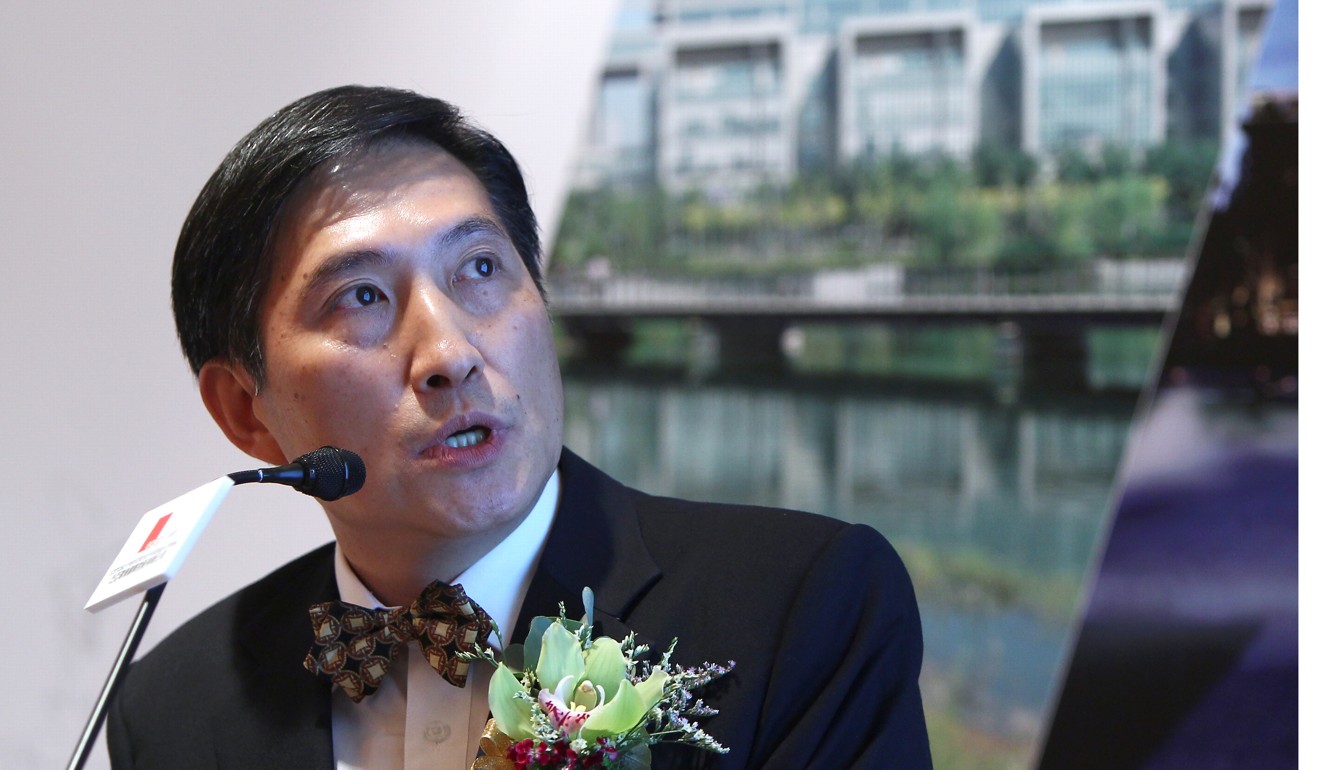
Concrete jungle Hong Kong to get diverse array of plants on urban streets in drive to green the city
About 20 tree and shrub species can now be found across urban areas but this will increase to 120, with city planners shown how to ‘match plants to places’
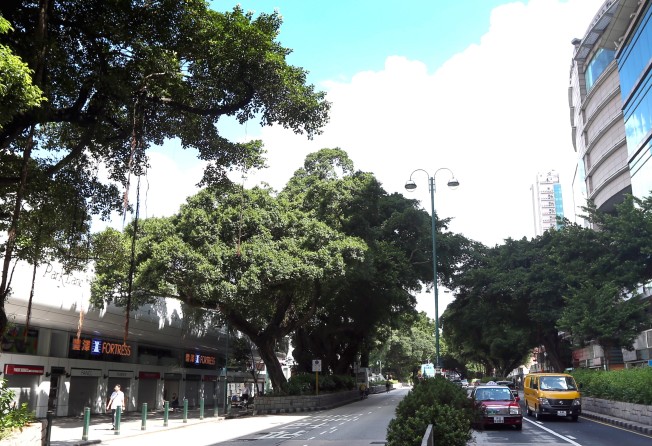
Concrete jungle Hong Kong will have a greater diversity of trees and shrubs in future, as part of a government plan to place at least 120 varieties of plants along the city’s streets to make the environment more pleasant, especially for pedestrians.
A cornerstone of the strategy, now being reviewed by the Development Bureau, is a guide for urban planners to match plants to places, by assessing factors such as the area’s traffic flow and layout of pedestrian pathways, and then recommending suitable trees and shrubs.
Landscape architect Patrick Lau Hing-tat, a long-time champion of better greening in the city, said about 20 tree species could be found across the city’s urban areas.

His team at urban design firm Earth Asia Design Group helped craft the guide and expand the pool of recommended plants by studying their tolerance for pruning and roadside pollution, adaptability to variations in the climate, and how attractive they look, among other things.
For example, Hing Fat Street in Tin Hau, which is off a main road and has sidewalks with tree planters, was matched with six types of plants, including the Indian gooseberry and Hong Kong gordonia.
For Po Heung Street, a main thoroughfare in Tai Po, there were five species recommended, including the Chinese elm, which has a slender trunk and is resistant to disease.
Lau was full of praise for the government’s efforts.
“This is the first time the government is establishing a [systematic] policy on greening,” Lau said. “In the past, the government only consulted landscape architects about tree planting project by project.”
Indeed, while the city’s unspoilt countryside and mountains are conserved as country parks, critics complain its urban greenery efforts have fallen short, compared to rival Singapore’s verdant cityscape.
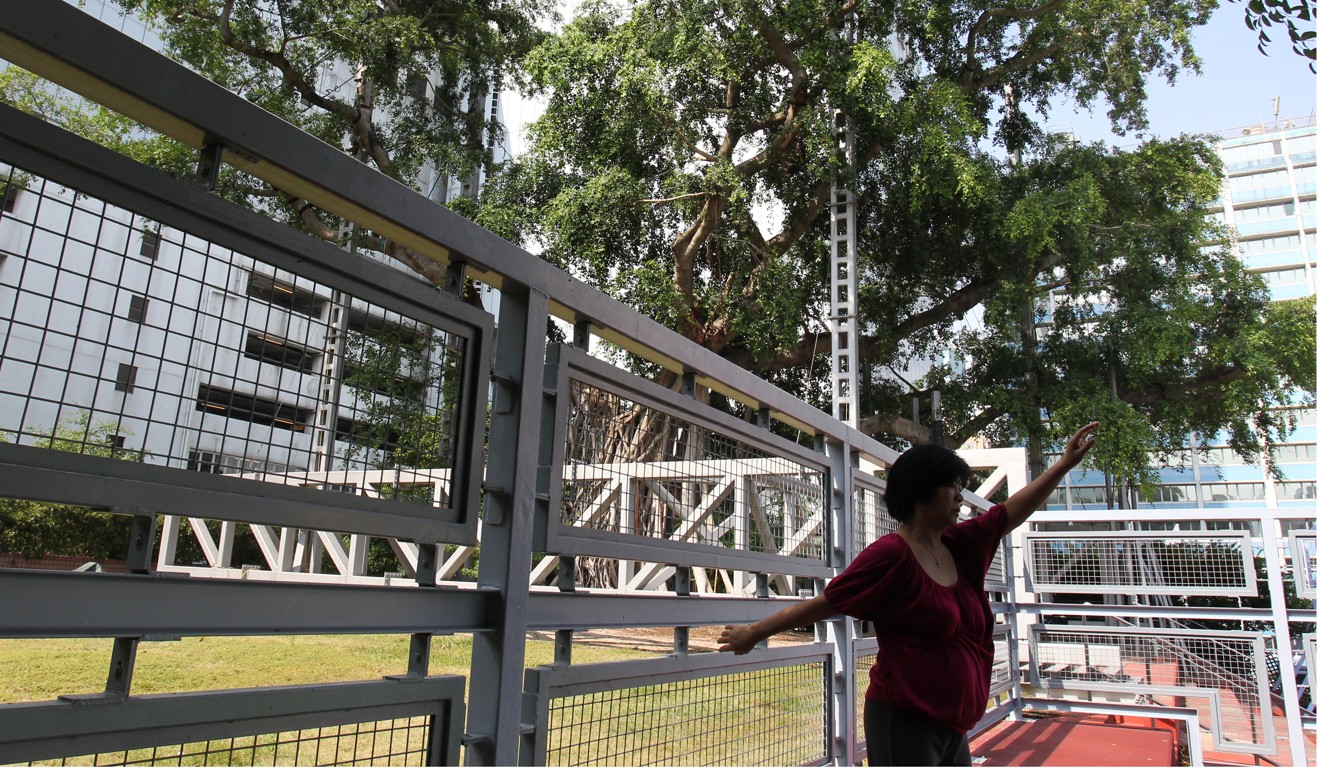
One oft-cited example was how trees along walkways in the financial district were meticulously pruned, appearing more ornamental than lush. Official statistics show the number of trees and shrubs planted each year has also been decreasing since 2010, despite their proven benefits, such as filtering roadside pollution.
Lau said besides beautifying the city, having a diversity of species meant they were less likely to be affected by the same pests or diseases that might cause them to weaken and collapse.
Falling trees have caused a number of casualties in the city, leading some to view the city’s heritage trees as accidents waiting to happen. In 2015, it was mainly conservationists who protested the felling of four iconic banyan trees in Sai Ying Pun.
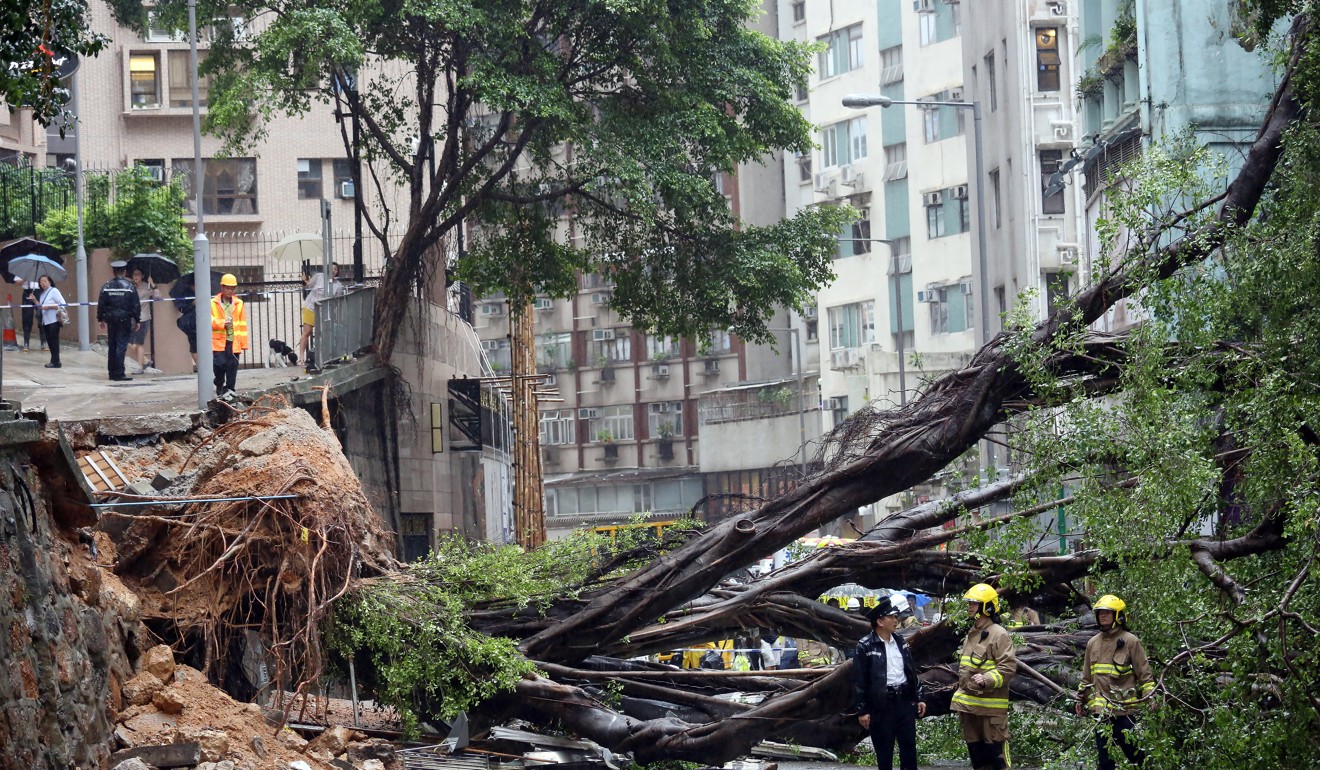
While the government watchdog later cleared the Highways Department’s controversial decision, it called on officials to improve their tree management and maintenance regime.
Lau added that the new greening policy was especially timely as the government continues replacing some 100,000 Taiwan acacia trees in heavily populated areas. These trees, planted in the 1950s and 1960s mainly on roadside slopes to prevent soil erosion, have almost reached their average lifespan of about 60 years.
University of Hong Kong geography professor Jim Chi-yung, who did a study in 1994 recommending that 111 species of trees be planted across the city, said the current plan did not seem to have considered the below ground conditions, such as the quality of soil and presence of pipes and cables.
He added that some of the recommended species such as Burmese rosewood and cekiang machilus could grow up to 25 metres tall and 20 metres wide, which would be incompatible with Hong Kong’s narrow streets.
“If you don’t have enough space for these trees to grow, you will have to cut them quite heavily,” Jim said. “This will weaken the trees and possibly lead to them collapsing.”
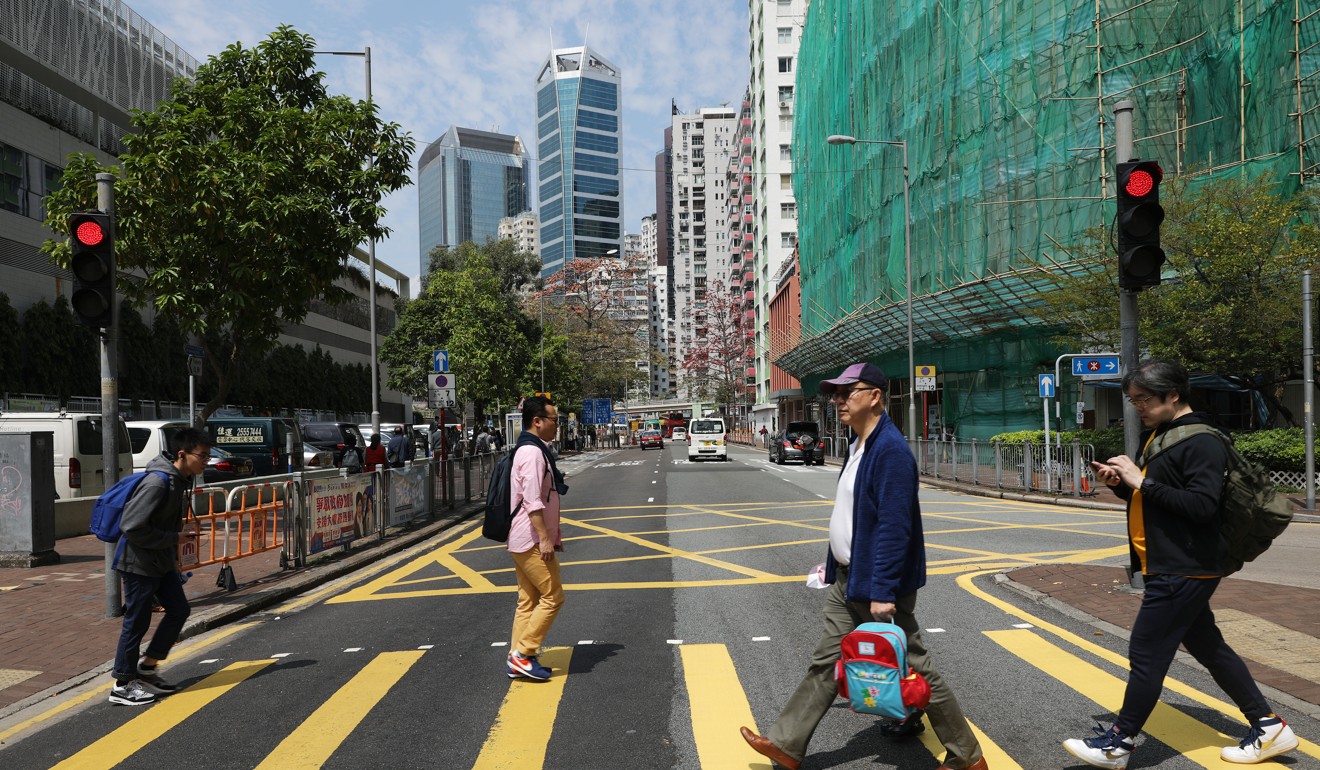
A spokeswoman for the Greening, Landscape and Tree Management Section of the Development Bureau said the outcome of its partnership with Lau and his team was to “promote a more liveable Hong Kong by providing a sustainable street landscape environment”.
The government would now test the tree-matching scheme and see how to put all recommendations into practice, she added.
Cheng Lee-ming, a member of Kowloon City district council, said residents would like it if there were more flowering plants, so they could see blooms all year round.
But greening older districts would be difficult, he said, as these areas were not planned with trees in mind.
Lau said he hoped the government would in future have more pedestrian-only roads when planning for future infrastructure, instead of always prioritising the needs of traffic.
“Can we not think about the cars and plan for the pedestrians first?” he said. “Do pedestrians want to follow the directions of the traffic, turn where the cars turn and cross at inconvenient places? Such planning reflects a very outdated way of thinking.”
